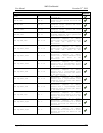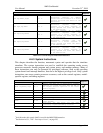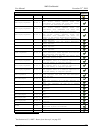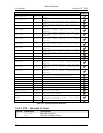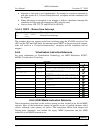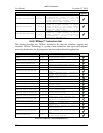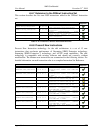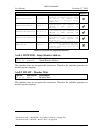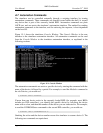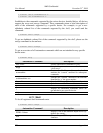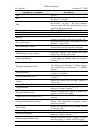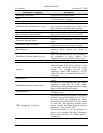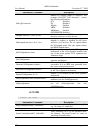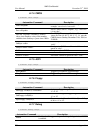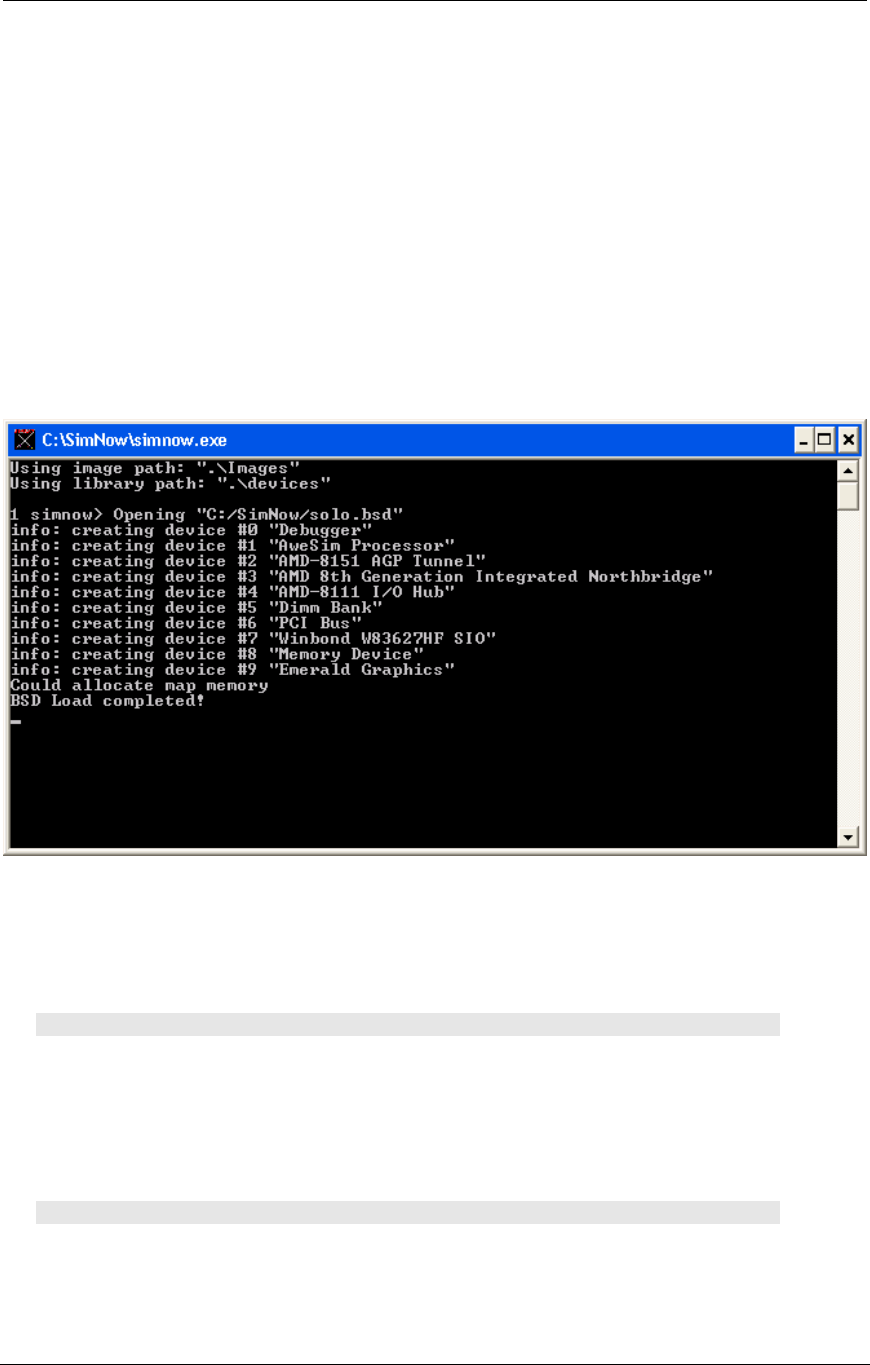
AMD Confidential
User Manual November 21
st
, 2008
Appendix A 227
A.7 Automation Commands
The simulator can be controlled externally through a scripting interface by issuing
automation commands. These commands are directed toward either the shell, or toward
any device that is part of the currently loaded BSD. Automation commands are plain
ASCII text, and are sent to the simulator‟s automation interface. The method for sending
automation commands to the interface, and for retrieving the response, is host dependent
on the host OS.
Figure 15-1 shows the simulators Console Window. The Console Window is the user
interface to the simulators automation interface. All automation commands can be send
from the Console Window to the simulators automation interface, as explained in the
following sections.
Figure 15-1: Console Window
The automation commands are sent to a specific device by starting the command with the
name of the device, followed by a period. For example, to send the Modules command to
the shell device, you would use:
1 simnow> shell.modules
If more than one device exists in the currently loaded BSD (for example, most BSDs
include two IDE controllers), you identify the specific device by following the device
name with a colon, and then the number of the device you are interested in. For example,
to send the DVDROMStatus command to the second IDE controller, you would use:
1 simnow> ide:1.DVDROMStatus 0
Omitting the colon and the device number causes the simulator to assume device 0. The
following two commands are equivalent:



